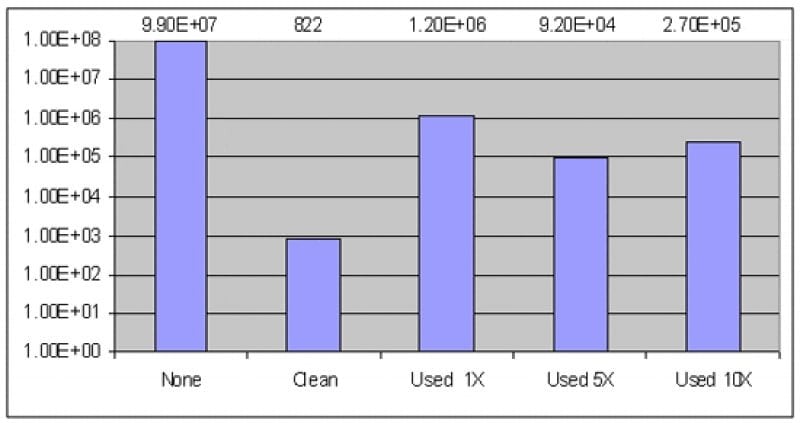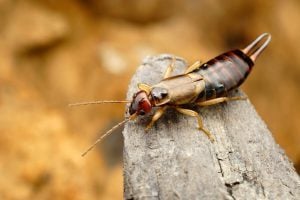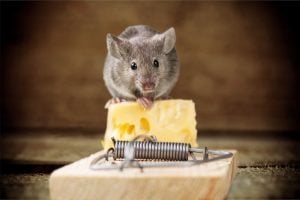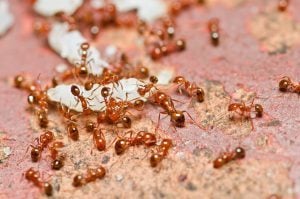Whether you are a farmer or an owner of a public facility, hygiene should always be a priority. Placing feet disinfection stations between spaces of different purposes plays a crucial role in preventing the spread of diseases. As for farms, this is particularly essential as you have to deal with livestock manure.
Placing boot baths is a proven solution to the problem that prevents dangerous pathogens from being transmitted from one group of animals to another. But that’s only on the surface. Experts from the University of Vermont warn that foot baths are often poorly maintained and contaminated. In this case, farm personnel will just avoid using these mats. And understandably why, since they simply do not function as sanitizers any more.
Solutions to the Problem of Boot Bath Contamination
Well, there are two measures that will prevent boot bath contamination and both are equally important.
- Removing fecal matter and dirt before disinfecting the boots. The problem is that organic material, such as manure, is capable of reducing the effectiveness of disinfectants. The only way to solve this problem is to remove it from the boot before stepping on a boot bath. For this purpose, use a boot cleaning station that includes a brush and a hose to wash away visible layers of dirt.
Researchers at Purdue University have conducted a study and found out that disinfectant won’t play any special role if the organic material is not removed from the boots before soaking them in the solution. Scrubbing has proved to be the most effective way to do that. - Using disinfectants is a must, believe me. Make sure you follow the label recommendations and the solution is diluted at a proper rate. When looking for a disinfectant, choose the product that is designed specifically for usage on farms, is not expensive as you will need a lot of it, and is easy to use. And last but not least, the disinfectant should be eco-friendly.
Which Boot Disinfectant to Use?
The list of recommended chemical disinfectants is extensive, with Betadine Solution, Cidex Formula 7*, Chlorox, Nolvasan, One Stroke Environ, and Roccal-D Plus being among the most widely used ones.
Scientists at Iowa State University provide a list of factors that one should consider when buying a disinfectant:
- The Type of Disinfectant. These products can be either of limited efficacy or general-purpose solutions. The former targets a specific group of microorganisms, for example, Salmonella bacteria. As for general-purpose disinfectants, they work against both groups of bacteria — Gram-positive and Gram-negative. It should be noted that Gram-positive bacteria are easier to kill with a disinfectant.
- How to apply. Keep in mind that you must apply these chemicals only in the way indicated in the product label. Disinfectants can be sprayed or applied by wiping, while such items as boots can be soaked in a container with the chemical.
- Contact time or otherwise speaking, how long it will take for the solution to kill bacteria. Some active ingredients like isopropyl alcohol can destroy certain bacteria within five minutes, while such chemicals as phenol will do that at least in two hours.

9 Types of Active Ingredients in Disinfectants
Distinguishing these types is vital as they have different levels of toxicity, characteristics and target different microorganisms.
- Acetic acid and other acids. Keep in mind that in high concentrations, acids are capable of burning the skin, which is why you should take necessary precautionary measures when using them. As disinfectants, they have limited use.
- Alcohols such as ethanol. These are disinfectants of general purpose that can destroy microorganisms of all groups. They act fast, within five minutes, but should be used in a concentration of no less than 70%. However, alcohols have a number of downsides: they are ineffective against spores and when applied around the organic matter. Also, alcohols evaporate almost immediately and pose a high fire risk.
- Aldehydes are very effective active ingredients targeting all types of bacteria as well as viruses and spores. That said, they are highly toxic and considered to be carcinogenic. Aldehydes-based disinfectants are generally used to treat surfaces and equipment.
- Alkalis include chemicals like sodium hydroxide and carbonate. These are slow-acting and corrosive chemicals, so the use of alkalis is also limited.
- Biguanides such as chlorhexidine are harmful to microorganisms but are considered to be broad-spectrum disinfectants. Still, they are not effective enough against viruses and spores. Another downside to this type of active ingredient is that biguanides can be neutralized by household detergents.
- Halogens work against a wide range of bacteria and have the advantage of being low-toxic chemicals. A bright example of this type is chlorine. Other advantages of this chemical compound include the ease of use and low price. However, halogens are not resistant to high temperatures and become less potent over time.
- Oxidizing agents target all types of microorganisms. The well-known brands such as Virkon-S include this active ingredient in the formula of their products. This chemical compound is effective against all types of microbes and is active even among the organic matter. Oxidizing agents are of insignificant toxicity and do not cause skin irritation when applied in low concentrations.
- Phenols have been used in the products by One Stroke Environ and Pheno-Tek II brands. These are general-purpose disinfectants that generally come in the form of soapy liquids, which allows them to better penetrate into the treated materials. They should be diluted with water and can remain active around the organic matter. Phenols are generally safe for humans but are toxic to cats.
- Quaternary ammonium compounds are used by such brands as Roccal and DiQuat. These are the best solutions against Gram-negative bacteria and some types of viruses. They have a residue but can be neutralized by the organic matter and soaps.





